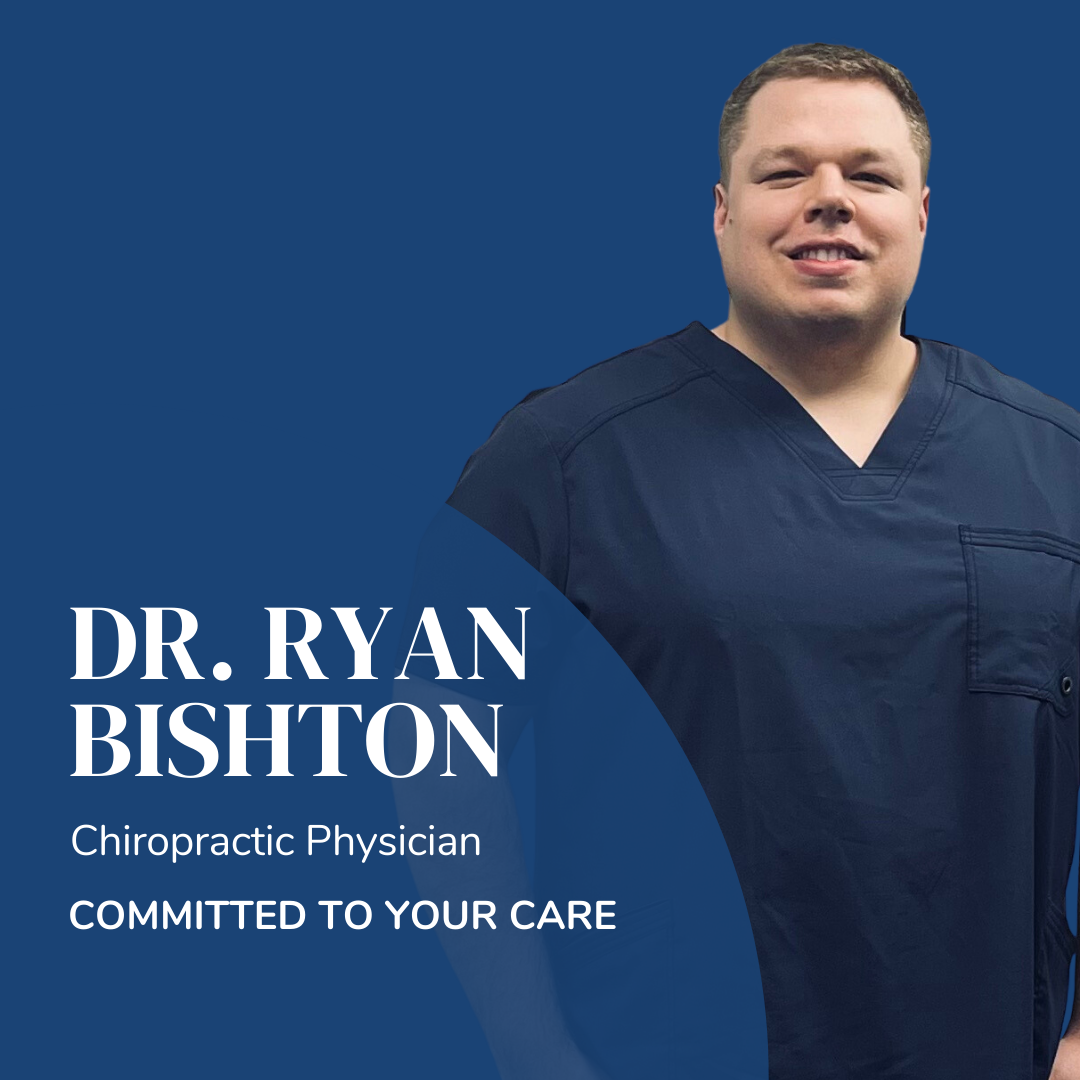What is
TMJ Disorder?
TMJ stands for temporomandibular joint. It refers to the joint that connects your jawbone (mandible) to your skull, allowing you to move your jaw and perform activities like chewing, speaking, and yawning. The temporomandibular joint is located on both sides of your head, just in front of your ears.
The term TMJ is often used to describe a disorder or condition affecting the temporomandibular joint, known as temporomandibular joint disorder (TMD) or temporomandibular disorder (TMD). TMD is a common condition characterized by pain and dysfunction in the jaw joint and the surrounding muscles. Some common symptoms of TMJ/TMD include:
Jaw pain or tenderness
Clicking, popping, or grating sounds when moving the jaw
Difficulty or pain while chewing
Facial pain or headaches
Locking of the jaw
Earache or ringing in the ears (tinnitus)
The exact cause of TMJ/TMD is often unclear, but it can be attributed to various factors, including jaw injuries, misalignment of the jaw or teeth, teeth grinding or clenching (bruxism), stress, arthritis, or muscle tension.
How Can
Chiropractic Help?
Chiropractors may offer certain treatments that can help with TMJ (temporomandibular joint) disorders, although it's important to note that their scope of practice varies and their effectiveness in treating TMJ can differ among practitioners. Here are some ways chiropractors may help:
Spinal and Joint Manipulation: Chiropractors are trained in various manual adjustment techniques to address misalignments or restrictions in the spine and joints. In some cases, they may perform adjustments on the neck, jaw, or surrounding areas to help improve the alignment and function of the temporomandibular joint.
Muscle Relaxation Techniques: Chiropractors may use techniques like massage, trigger point therapy, or stretching exercises to help relax tense muscles in the jaw, neck, and shoulders. This can help reduce muscle spasms and alleviate pain associated with TMJ disorders.
Posture and Ergonomic Recommendations: Chiropractors often emphasize proper posture and ergonomics, as poor alignment and excessive strain on the neck and jaw can contribute to TMJ issues. They may provide guidance on posture correction and suggest modifications to daily activities to minimize stress on the jaw joint.
Lifestyle and Self-Care Advice: Chiropractors may offer recommendations for self-care practices that can complement their treatments. This may include exercises, relaxation techniques, dietary changes, and stress management strategies to promote overall well-being and potentially reduce TMJ symptoms.
Disclaimer: The information provided is for educational and informational purposes only, and is not intended to be a substitute for professional medical advice, diagnosis, or treatment.



